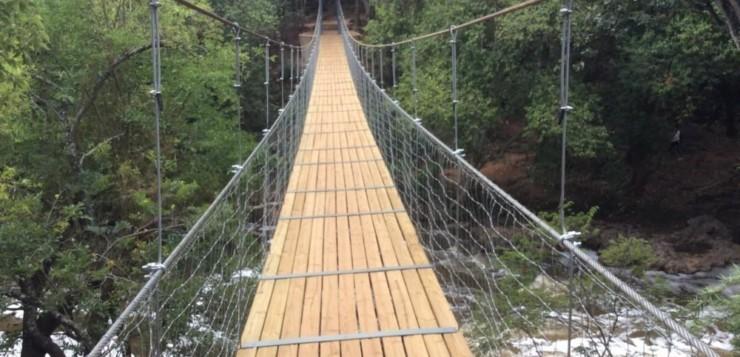With increasing pace, the pedagogical practices are transforming from sole lecturing to more practically oriented learning. However, when transforming into something new, the start is usually the most difficult part. Within HAMK’s international projects, many of our partners have requested advise on issues such as how to plan and structure practical learning and how to choose companies for cooperation. Here we offer some practical advice on how to plan and kick-start practical project- or problem-based learning (PBL), also referred as “student challenges”.
The most crucial part in organizing student challenges is pre-planning that should be started well-ahead before the actual start of the challenge. At least the following issues should be planned and agreed:
- Learning objectives: What are the clear, feasible learning objectives, and how they relate to students’ needs.
- Learning plan: How students will be aided in tailoring their learning plan. What strategies there are for accessing resources.
- Responsibilities of learning: What part of the learning is on mentors’ responsibility and for what the students should be responsible for.
- Scaffolding: How learning is scaffolded so that students will be able to take the ownership of learning.
- Setting up of the learning environment: How to introduce and make the students know each other. How to create positive atmosphere for open and constructive communication.
- Mentoring: How mentoring sessions will be run and how the mentoring process and decisions will be made.
- Mentors: Guidelines for choosing mentors who have experience in different learning situations and know about the topic.
- Evaluating: What evaluation methods will be used, and in which points of the process. How individual and group performance will be evaluated. How to give constructive feedback.
- Expectations: What are the expectations, hopes and fears for the process. How to enhance good outcomes and how to minimise and mitigate risks.
- Responsibilities: What are the roles and responsibilities of the challenge staff.
- Timetable: What is the detailed programme for the challenge and its different tasks.
Planning should be done together, including coordinators, mentors and partners. Remember to agree who will be responsible for what. It is advisable to go into the details and prepare a written plan containing at least: who are the students, how many credits they will obtain, what will be the learning outcomes, what is the course goal and what is the specific time schedule. As important as to plan early, is to continue meeting regularly. This also gives possibility to give and receive peer-support, and modify plans when necessary.
When the actual student challenge starts, unexpected events are more than likely to appear. Thus, even if you plan in detail, be flexible and creative. Be prepared to change and correct the programme and plans when needed. It helps if you leave some slack in the programme that allows you to monitor the current situation and make changes accordingly. You can for example, plan only one week at a time and plan the second one based on the experiences gained. It’s also good to come up with potential plan B, and C, in case the original plan does not work.
Important component in student challenges is the external partner(s). Having real-life cases provided by real-life actors, such as companies or civil organizations, bring real- and work-life related context to the learning situation or project. Students get motivated when someone actually needs their ideas and inputs, and when they have an opportunity to get work-life contacts and show their skills.
When looking for a potential partner, pay attention to the following characteristics:
- It is important to find a company, that is interested in obtaining new perspectives to their thinking and activities.
- Partner should be open-minded and ready to share information about the company and the problem(s) it faces.
- Partner should understand that they are not just recipients of free work and ideas, but that they need to give time, resources and expertise to the project.
- Partner should appreciate the opportunity to influence student skills and their work-life preparedness.
To identify the suitable partner for you project, go and boldly talk to potential partners. Present them the concept of student challenge and cooperation. Ask if they can come up with problems they would like to work on with students. Explain them the reciprocity: they need to give their time and effort to gain multiple working ideas in return. Not all ideas will win Noble price, but they can be a starting point for something new. If partner does not understand this and the concept, do not partner with them. Later on, with more experience and more student challenges conducted, you will have results to show to potential partners to allure them aboard. However, do never choose a partner that does not understand their role in the cooperation or that underestimates the students.
Authors:
Ulla-Maija Knuutti, Senior lecturer at Sustainable Development degree Programme
Satu Määttänen, Research assistant in HAMK Bio




